The EPA announced strict new emissions standards meant to slash CO2 emissions from the nation’s heavy truck and bus fleet – among the country’s largest source of global warming gases. But the regulations could face a fight, both in Congress and the courts.
The move comes barely a week after federal regulators laid out new standards covering light-duty vehicles such as sedans, SUVs and pickups.
The new standards will begin going into effect in 2027 and phase in stricter limits through 2032. According to the Environmental Protection Agency, the new mandate covering heavy-duty vehicles will eliminate about 1 billion tons of greenhouse gases over the next three decades. While that is expected to help reduce global warming, it also should benefit 72 billion Americans by reducing ground-based pollution leading to diseases such as emphysema, asthma and lung cancer.
“Healthier Americans”
“Reducing emissions from our heavy-duty vehicles means cleaner air and less pollution. It means safer and more vibrant communities. It means lower fuel and maintenance costs for truck owners and operators. And it means healthier Americans,” EPA Administrator Michael Regan said.
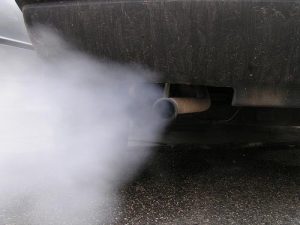
The new rules could result in cleaner air — and fewer health problems — for 72 million Americans, according to the EPA.
In all, the EPA estimates the new rules will save $13 billion in the form of fewer hospital visits, deaths and lost work days.
“Heavy-duty vehicles are essential for moving goods and services throughout our country, keeping our economy moving. They’re also significant contributors to pollution from the transportation sector — emissions that are fueling climate change and creating poor air quality in too many American communities.”
Tough new rules
The Biden administration has made a priority out of cleaner air and reduced global warming.
The new rules impacting light-duty vehicles were slightly rolled back from what the EPA first announced a year ago, reflecting the slowdown in growth of battery-electric vehicles. Even so, EVs will be required to account for as much as 67% of sales by 2032 – though automakers could reduce that to 56% as long as plug-in hybrids account for another 13% of sales.
In its 1,155-page summary, the EPA said that the new heavy-duty mandates are also “less stringent” than what was first proposed, and will phase in at a slower pace. Nonetheless, they will require a substantial in the use of electric, fuel-cell or other zero-emissions technology.
More Environmental News
- EPA in Light Vehicle Emissions Rules Will Mean Big Jump in EV Sales
- Biden Administration Plows $773M into EV Charging Projects
- Canada Banning Combustion Engine Sales by 2035
Truckers balk
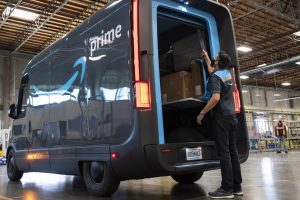
The shift to greener powertrain technology is already underway, even though trucking and oil industry lobbying groups hope to block the new EPA rules.
The new heavy-duty mandates will be “more complex” and tougher to meet than those covering light vehicles, the Associated Press reported. Targets vary by vehicle type and class. Forty percent of short-haul “day cabs” would need to go entirely zero-emissions by 2032, the EPA mandated, while “heavy-heavy-duty vocational” vehicles would have to meet that target.
The agency contends the targets are “feasible and appropriate considering feasibility, lead time, cost, and other relevant factors.”
Trucking groups, however, denounced what are officially known as “Phase 3” rules. The American Trucking Associations called them “entirely unachievable given the current state of zero-emission technology, the lack of charging infrastructure and restrictions on the power grid.”
Any regulation that fails to account for the operational realities of trucking will set the industry and America’s supply chain up for failure,” ATA President Chris Spear said in a statement.
Court battles likely
The American Petroleum Institute, meanwhile, said the new rules are “yet another example of the Biden administration’s whole-of-government effort to eliminate choices for American consumers, businesses and industries.”
In a joint statement with another lobbying group, American Fuel & Petrochemical Manufacturers, it called on Congress to overturn the Phase 3 emissions mandates. The APA said it may otherwise challenge the guidelines in court.
The U.S. Supreme Court has been skeptical of some Biden Administration emissions standards, Last year for example, it drastically curtailed the reach of the Clean Water Act.
The guidelines could also face a challenge should the president lose his upcoming reelection bid. Challenger Donald Trump has indicated he would roll back EPA regulations, including emissions rules. But his own authority could be limited by language in the Clean Air Act governing regulatory rollbacks.

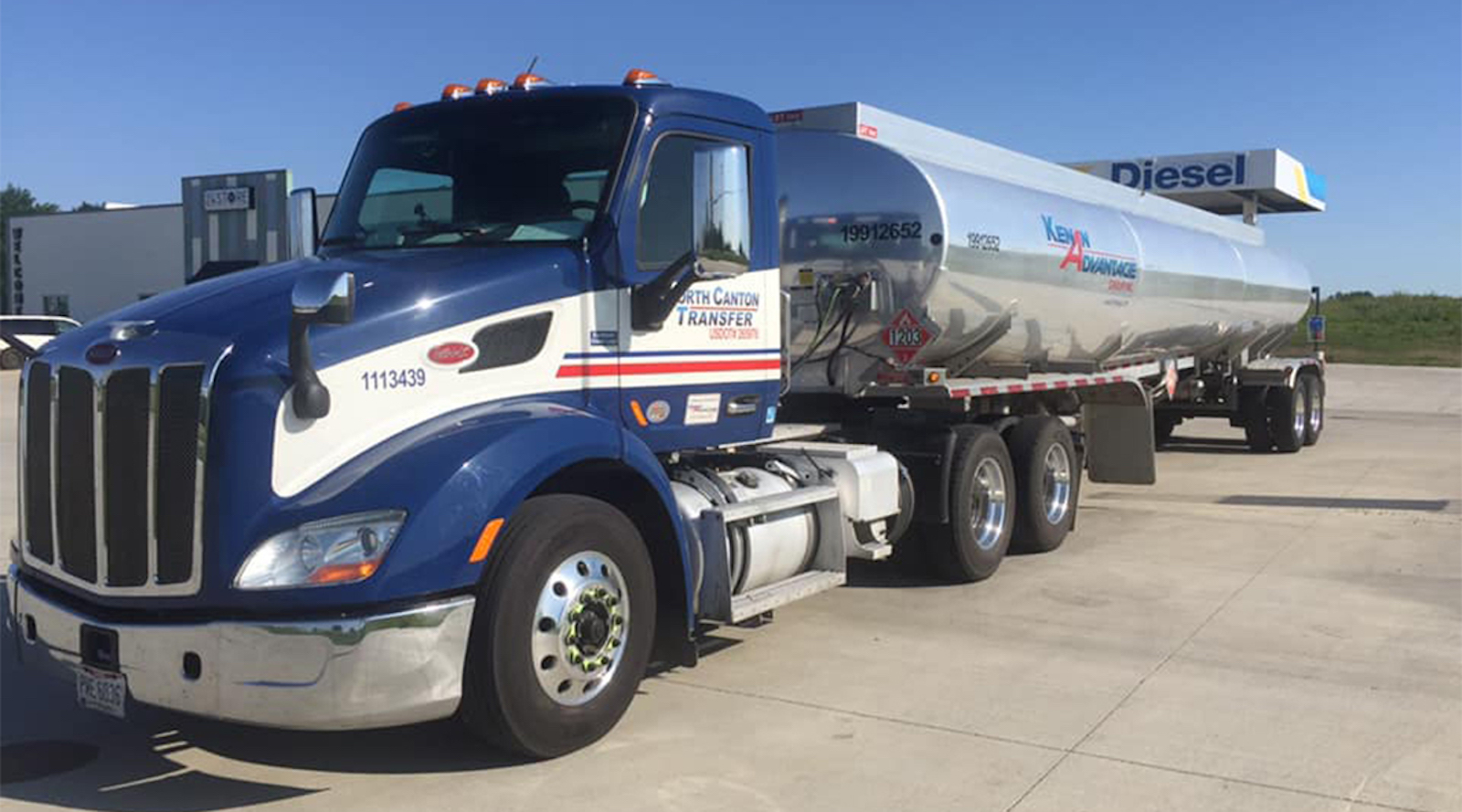



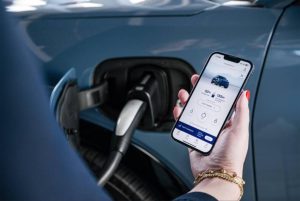
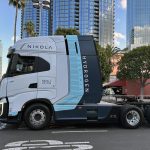

0 Comments